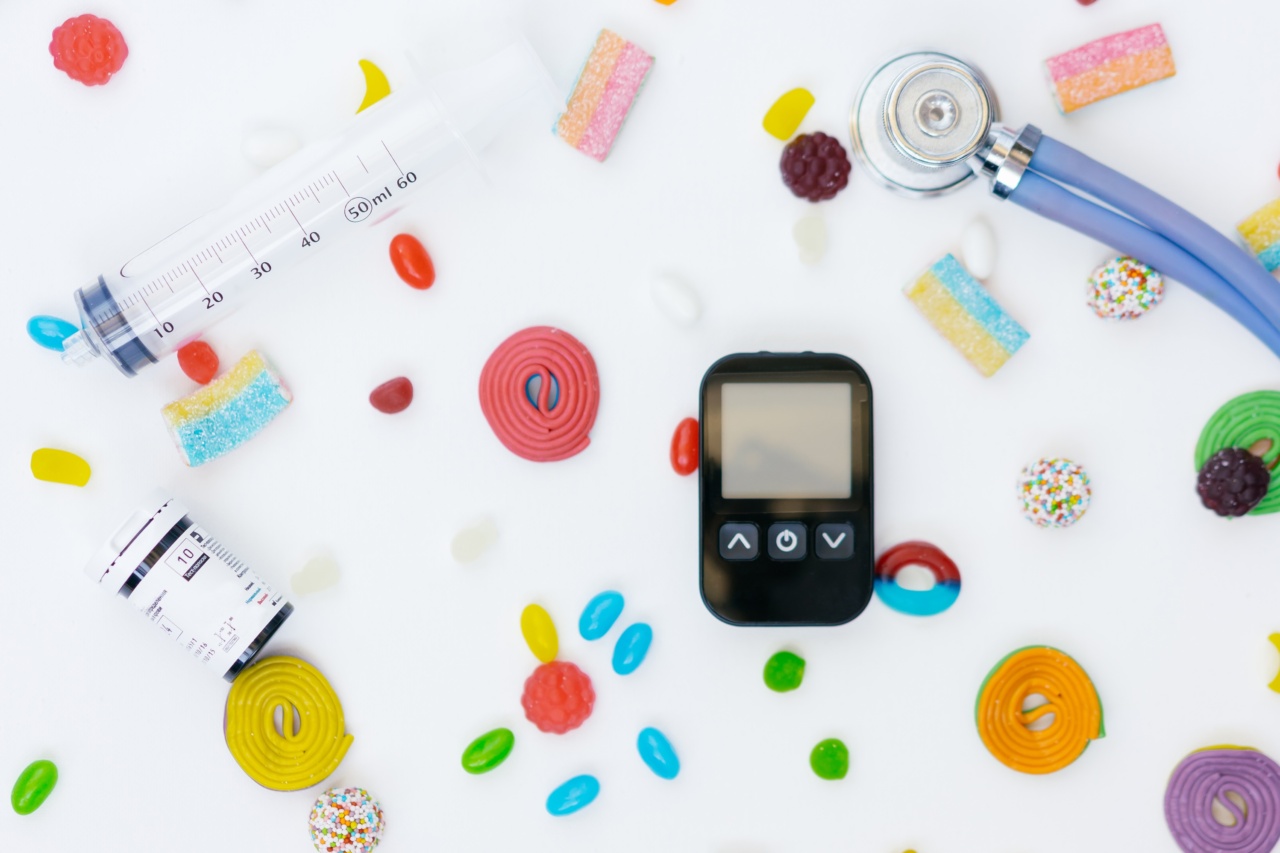In recent years, obesity and related disorders such as Type 2 diabetes have become major health concerns globally. It is clear that diet, exercise, and genetics play a role in the development of these conditions.
However, research suggests that another factor may also be at play: the link between fat tissue and glucose tolerance.
What is Glucose Tolerance?
Glucose tolerance refers to the body’s ability to maintain normal blood sugar levels. The body controls blood sugar by producing and using insulin, a hormone produced by the pancreas.
Insulin helps the body’s cells absorb glucose (a simple sugar) from the bloodstream to use as energy or store as glycogen in the liver and muscles for later use.
However, when the body’s cells become resistant to insulin, they no longer respond normally to insulin’s signals.
This “insulin resistance” means that the body’s cells absorb less glucose, leading to high blood sugar levels. Over time, high blood sugar can damage nerves, blood vessels, and organs, leading to health problems such as difficulty healing, kidney failure, blindness, and heart disease.
Type 2 diabetes is a chronic condition that occurs when the body becomes insulin resistant. It is often associated with obesity and a sedentary lifestyle but can also be influenced by genetics and other factors.
Type 2 diabetes accounts for about 90-95% of all diabetes cases, affecting over 400 million people worldwide.
The Role of Fat Tissue in Glucose Tolerance
In recent years, scientists have discovered that fat tissue plays a crucial role in glucose tolerance.
Fat tissue (also known as adipose tissue) is not just a passive storage site for excess calories but also an active endocrine (hormone-producing) organ. In fact, adipose tissue produces hormones, cytokines, and other substances that affect metabolism, inflammation, and insulin sensitivity.
Research has shown that excess fat in the body, particularly in the abdominal area, can lead to insulin resistance and Type 2 diabetes.
This is because adipose tissue produces several substances that interfere with insulin signaling, such as free fatty acids, inflammatory cytokines, and adipokines.
Free Fatty Acids and Insulin Resistance
Free fatty acids (FFAs) are molecules composed of a long chain of carbon atoms and a carboxyl group. They are released from adipose tissue when the body needs energy (such as during fasting or exercise) or when fat cells break down due to obesity.
FFAs can also be ingested through the diet.
While FFAs are an important source of energy for the body, they can also have negative effects on insulin signaling.
In particular, FFAs can interfere with the activation of insulin receptor substrate (IRS) molecules, which are downstream of insulin and necessary for glucose uptake by cells. When FFAs accumulate in tissues such as muscle, liver, or pancreatic beta cells, they can cause insulin resistance and impair glucose tolerance.
Inflammatory Cytokines and Insulin Resistance
Inflammatory cytokines are signaling molecules that regulate immune response and inflammation. Adipose tissue produces several cytokines, including tumor necrosis factor-alpha (TNF-alpha), interleukin-6 (IL-6), and C-reactive protein (CRP).
Research has shown that these cytokines can interfere with insulin signaling and cause insulin resistance. For example, TNF-alpha can activate a pathway (JNK) that degrades IRS proteins, leading to reduced insulin signaling in muscle and liver cells.
IL-6 and CRP can also inhibit insulin signaling through various pathways.
Adipokines and Insulin Sensitivity
Adipokines are hormones produced by adipose tissue that regulate various metabolic processes, including insulin signaling, inflammation, and appetite. There are several types of adipokines, including adiponectin, leptin, resistin, and visfatin.
Of these, adiponectin is perhaps the most important for glucose tolerance. Adiponectin enhances insulin sensitivity in various tissues and improves glucose uptake and utilization.
In contrast, low levels of adiponectin are associated with obesity, insulin resistance, and Type 2 diabetes.
Clinical Implications of Fat Tissue and Glucose Tolerance
Given the link between fat tissue and glucose tolerance, it is not surprising that weight loss and lifestyle changes can improve insulin sensitivity and reduce the risk of Type 2 diabetes.
In fact, losing just 5-10% of body weight can significantly improve glucose tolerance and reduce the need for medication.
Exercise is also an effective way to improve insulin sensitivity, as it increases glucose uptake by muscle cells and improves mitochondrial function.
In addition, certain dietary interventions, such as reducing dietary fat intake or increasing fiber intake, can improve glucose tolerance and insulin sensitivity.
Moreover, medications that target adipose tissue or its products are currently being investigated for diabetes treatment.
For example, thiazolidinediones (TZDs) are a class of drugs that improve insulin sensitivity by activating peroxisome proliferator-activated receptor-gamma (PPAR-gamma), a nuclear receptor expressed in adipose tissue and other organs. Other drugs, such as GLP-1 agonists, target gut hormones that regulate glucose metabolism and appetite.
Conclusion
The link between fat tissue and glucose tolerance is a complex and evolving field of research. However, it is clear that excess fat, particularly in the abdominal area, can lead to insulin resistance and Type 2 diabetes.
This is due to the effects of adipose tissue on insulin signaling, through molecules such as FFAs, cytokines, and adipokines. Understanding these mechanisms can help develop new strategies for diabetes prevention and treatment.



























